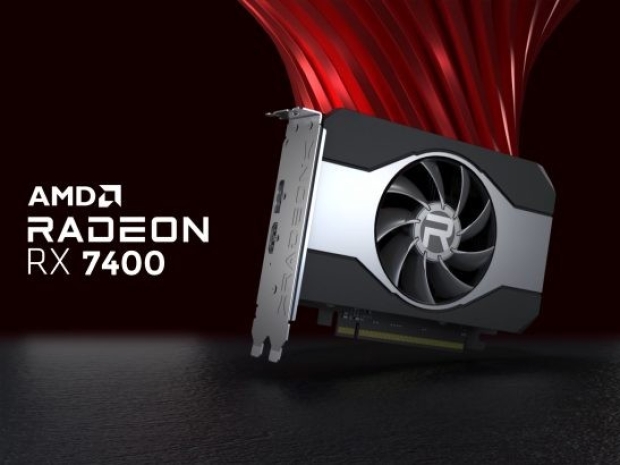Both cards are built on the chipmaker’s older RDNA 3 architecture and use the Navi 33 die, also known as Hotpink Bonefish.
Navi 33 is the heart of the Radeon RX 7600, RX 7600 XT and RX 7650 GRE, and being the smallest die in the RDNA 3 family, it is dirt cheap to produce. That might explain why AMD didn’t make a song and dance about these launches.
The Radeon RX 7400 carries 28 compute units, giving it 1,792 stream processors, just 12.5 per cent fewer than the RX 7600. While the GPU cores are close, the memory takes a hit. The RX 7400 uses slower 10.8Gbps GDDR6 instead of the RX 7600’s 18Gbps, chopping memory bandwidth by 40 per cent. You still get DisplayPort 2.1 and HDMI 2.1, and the card sips power with a 55W TBP, meaning no external power connector and a recommended 450W PSU.
The workstation-flavoured Radeon Pro W7400 is effectively the same card with a different suit on. Like the RX 7400, it has 28 compute units, 8GB of GDDR6 at 10.8Gbps and a 128-bit bus, but AMD positions it just below the Radeon Pro W7500. The slower memory means the Pro W7400’s bandwidth is 32 per cent lower than the W7500’s, but it drops TBP by 21 per cent.
Both cards measure 167mm in length and appear to stick to a single-slot design. AMD hasn’t confirmed pricing or whether custom board partner versions will appear, but with Navi 33’s bargain-basement production costs, these should be some of the cheapest RDNA 3 cards yet.




